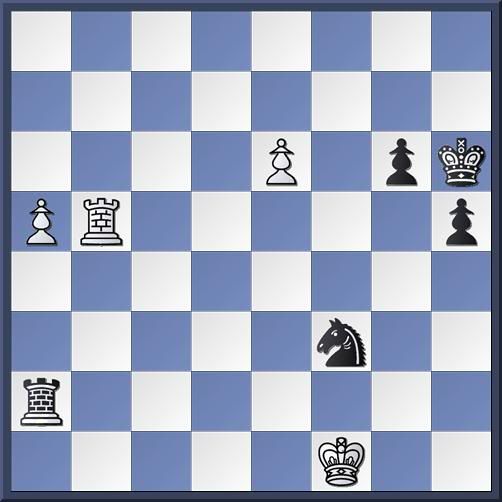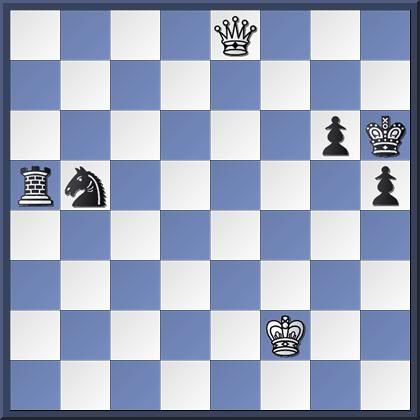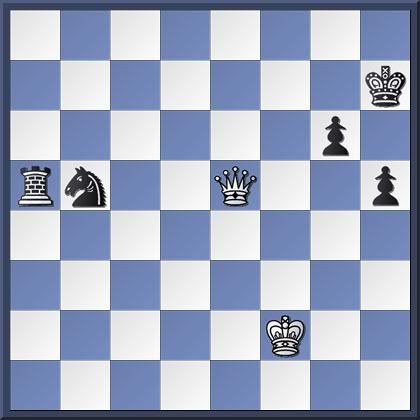Black to move

He chose to give up his queen and fight for the only open file. In the ensuing melee, his rooks and bishops prevailed against White's queen and rooks.
Inspired by this game, I spent some time this morning poking through my database of online games looking at imbalances of queen vs. rook and minor pieces. A draw played on the Internet Chess Club in 2002 revealed egregious errors on both sides. I had White and a lost position.
Black to move

43...Nd4?
43...Nh2+ or 43...Nd2+ maintain a decisive advantage.
44.e7! The only try Nxb5??
44...Re2-+ stops the pawn
45.e8Q Ra1+ 46.Kf2 Rxa5?
White to move

47.Qe5?
Now White makes errors. Winning the rook with an elementary fork was the right way to proceed. 47.Qh8+ Kg5 48.Qd8+ Nd4.
White to move, analysis diagram

Playing out this position against Rybka 4, I learned of the need to practice my calculation skills. Winning the pawns was easy, but the knight seems slippery. It should not be difficult.
47...Kh7
White to move

Perhaps I was horribly low on time, because I went for the simple draw by repetition.
48.Qe7+ Kh6 49.Qf8+ Kh7 50.Qf7+ Kh6 51.Qf8+ Kh7 52.Qf7+ Kh6 53.Qf8+ Kh7 ½–½












No comments:
Post a Comment